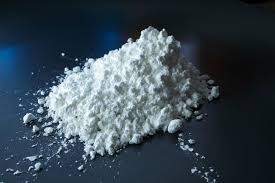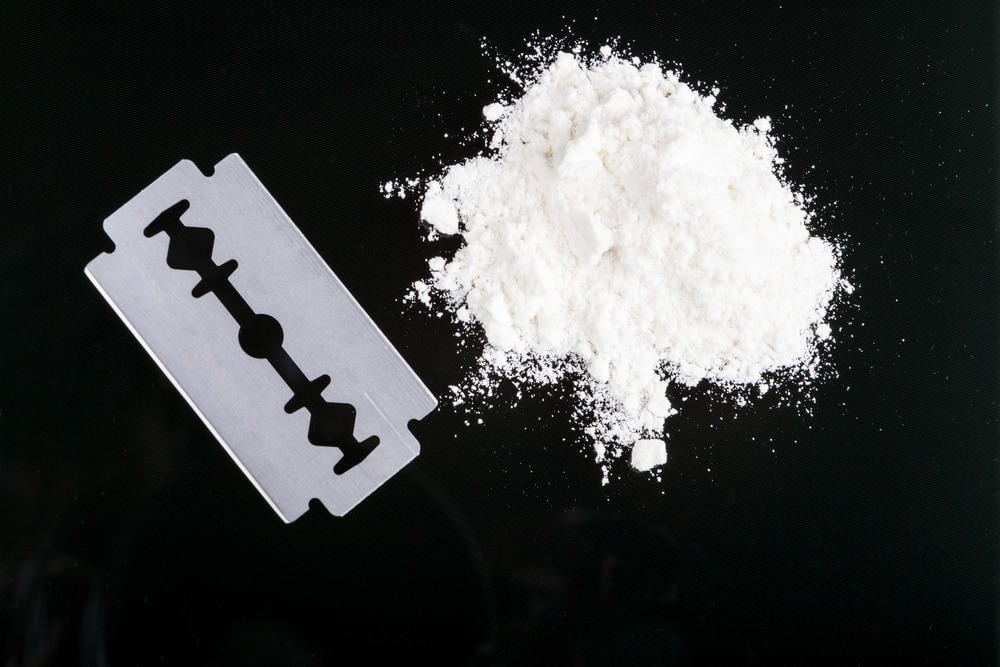COCAINE
DABBING
It is most often sniffed, with the powder absorbed into the bloodstream through the nasal tissues. It can also be ingested or rubbed into the gums.
To more rapidly absorb the drug into the body, abusers inject it, but this substantially increases the risk of overdose. Inhaling it as smoke or vapor speeds absorption with less health risk than injection.
Cocaine is one of the most dangerous drugs known to man. Once a person begins taking the drug, it has proven it’s to difficult to be free of its grip physically and mentally. Physically it stimulates key receptors (nerve endings that sense changes in the body) within the brain that, in turn, create a euphoria to which users quickly develop a tolerance.
Only higher dosages and more frequent use can bring about the same effect.
Today, cocaine is a worldwide, multibillion-dollar enterprise. Users encompass all ages, occupations and economic levels, even schoolchildren as young as eight years old.
Cocaine use can lead to death from respiratory (breathing) failure, stroke, cerebral hemorrhage (bleeding in the brain) or heart attack. Children of cocaine-addicted mothers come into the world as addicts themselves. Many suffer birth defects and many other problems.
Despite its dangers, cocaine use continues to increase -likely because users find it so difficult to escape from the first steps taken down the long dark road that leads to addiction.
To more rapidly absorb the drug into the body, abusers inject it, but this substantially increases the risk of overdose. Inhaling it as smoke or vapor speeds absorption with less health risk than injection.
Cocaine is one of the most dangerous drugs known to man. Once a person begins taking the drug, it has proven it’s to difficult to be free of its grip physically and mentally. Physically it stimulates key receptors (nerve endings that sense changes in the body) within the brain that, in turn, create a euphoria to which users quickly develop a tolerance.
Only higher dosages and more frequent use can bring about the same effect.
Today, cocaine is a worldwide, multibillion-dollar enterprise. Users encompass all ages, occupations and economic levels, even schoolchildren as young as eight years old.
Cocaine use can lead to death from respiratory (breathing) failure, stroke, cerebral hemorrhage (bleeding in the brain) or heart attack. Children of cocaine-addicted mothers come into the world as addicts themselves. Many suffer birth defects and many other problems.
Despite its dangers, cocaine use continues to increase -likely because users find it so difficult to escape from the first steps taken down the long dark road that leads to addiction.


WHY IS COCAINE SO HIGHLY ADDICTIVE ?
Next to methamphetamine, cocaine
creates the greatest psychological dependence of any drug. It stimulates key pleasure centers within the brain and causes extremely heightened euphoria.
A tolerance to cocaine develops quickly–the addict soon fails to achieve the same high experienced earlier from the same amount of cocaine.
creates the greatest psychological dependence of any drug. It stimulates key pleasure centers within the brain and causes extremely heightened euphoria.
A tolerance to cocaine develops quickly–the addict soon fails to achieve the same high experienced earlier from the same amount of cocaine.
DEADLY COMBINATION OF DRUGS
Cocaine is sometimes taken with other drugs, including tranquilizers, amphetamines, marijuana and heroin. Such combinations greatly increase the danger of using cocaine.
In addition to the likelihood of developing a two-drug habit, one can easily create a mixture of narcotics that proves fatal.
In addition to the likelihood of developing a two-drug habit, one can easily create a mixture of narcotics that proves fatal.
EFFECTS OF COCAINE
Cocaine causes a short-lived, intense high that is immediately followed by the opposite-intense depression, edginess and a craving for more of the drug. People who use it often don’t eat or sleep properly.
They can experience greatly increased heart rate, muscle spasms and convulsions.
The drug can make people feel paranoid, angry, hostile and anxious–even when they aren’t high.
Regardless of how much of the
drug is used or how frequently, cocaine increases the risk that the user will experience a heart attack, stroke, seizure or respiratory (breathing) failure, any of which can result in sudden death.
They can experience greatly increased heart rate, muscle spasms and convulsions.
The drug can make people feel paranoid, angry, hostile and anxious–even when they aren’t high.
Regardless of how much of the
drug is used or how frequently, cocaine increases the risk that the user will experience a heart attack, stroke, seizure or respiratory (breathing) failure, any of which can result in sudden death.

WHAT ARE THE LONG-TERM EFFECTS OF COCAINE?
The phrase “dope fiend” was originally coined many years ago to describe the negative side effects of constant cocaine use. As tolerance to the drug increases, it becomes necessary to take greater and greater quantities to get the same high. Prolonged daily use causes sleep deprivation and loss of appetite. A person can become psychotic and begin to experience hallucinations.
As cocaine interferes with the way the brain processes chemicals, one needs more and more of the drug just to feel “normal.” People who become addicted to cocaine (as with most other drugs) lose interest in other areas of life.
Coming down from the drug causes depression so severe that a person will do almost anything to get the drug even commit murder.
And if he or she can’t get cocaine, the depression can get so intense it can drive the addict to suicide.
As cocaine interferes with the way the brain processes chemicals, one needs more and more of the drug just to feel “normal.” People who become addicted to cocaine (as with most other drugs) lose interest in other areas of life.
Coming down from the drug causes depression so severe that a person will do almost anything to get the drug even commit murder.
And if he or she can’t get cocaine, the depression can get so intense it can drive the addict to suicide.

SHORT-TERM EFFECTS
• Loss of appetite
• Increased heart rate, blood pressure, body temperature
• Contracted blood vessels
• Increased rate of breathing
• Dilated pupils
• Disturbed sleep patterns
• Nausea
• Hyper-stimulation
• Bizarre, erratic, sometimes violent behavior
• Hallucinations, hyper-excitability, irritability
• Tactile hallucination that creates the illusion of bugs burrowing under the skin
• Intense euphoria
• Anxiety and paranoia
• Depression
• Intense drug craving
• Panic and psychosis
• Convulsions, seizures and sudden death from high doses
(even one time).
• Increased heart rate, blood pressure, body temperature
• Contracted blood vessels
• Increased rate of breathing
• Dilated pupils
• Disturbed sleep patterns
• Nausea
• Hyper-stimulation
• Bizarre, erratic, sometimes violent behavior
• Hallucinations, hyper-excitability, irritability
• Tactile hallucination that creates the illusion of bugs burrowing under the skin
• Intense euphoria
• Anxiety and paranoia
• Depression
• Intense drug craving
• Panic and psychosis
• Convulsions, seizures and sudden death from high doses
(even one time).

LONG-TERM EFFECTS
• Permanent damage to blood vessels of heart and brain
• High blood pressure, leading to heart attacks, strokes, and death
• Liver, kidney and lung damage
• Destruction of tissues in nose if sniffed
• Respiratory failure if smoked
• Infectious diseases and abscesses if injected
• Malnutrition, weight loss
• Severe tooth decay
• Auditory and tactile hallucinations
• Sexual problems, reproductive damage and infertility (for both men and women)
• Disorientation, apathy, confused exhaustion
• Irritability and mood disturbances
• Increased frequency of risky behavior
• Delirium or psychosis
• Severe depression
• Tolerance and addiction (even after just one use)
• High blood pressure, leading to heart attacks, strokes, and death
• Liver, kidney and lung damage
• Destruction of tissues in nose if sniffed
• Respiratory failure if smoked
• Infectious diseases and abscesses if injected
• Malnutrition, weight loss
• Severe tooth decay
• Auditory and tactile hallucinations
• Sexual problems, reproductive damage and infertility (for both men and women)
• Disorientation, apathy, confused exhaustion
• Irritability and mood disturbances
• Increased frequency of risky behavior
• Delirium or psychosis
• Severe depression
• Tolerance and addiction (even after just one use)

